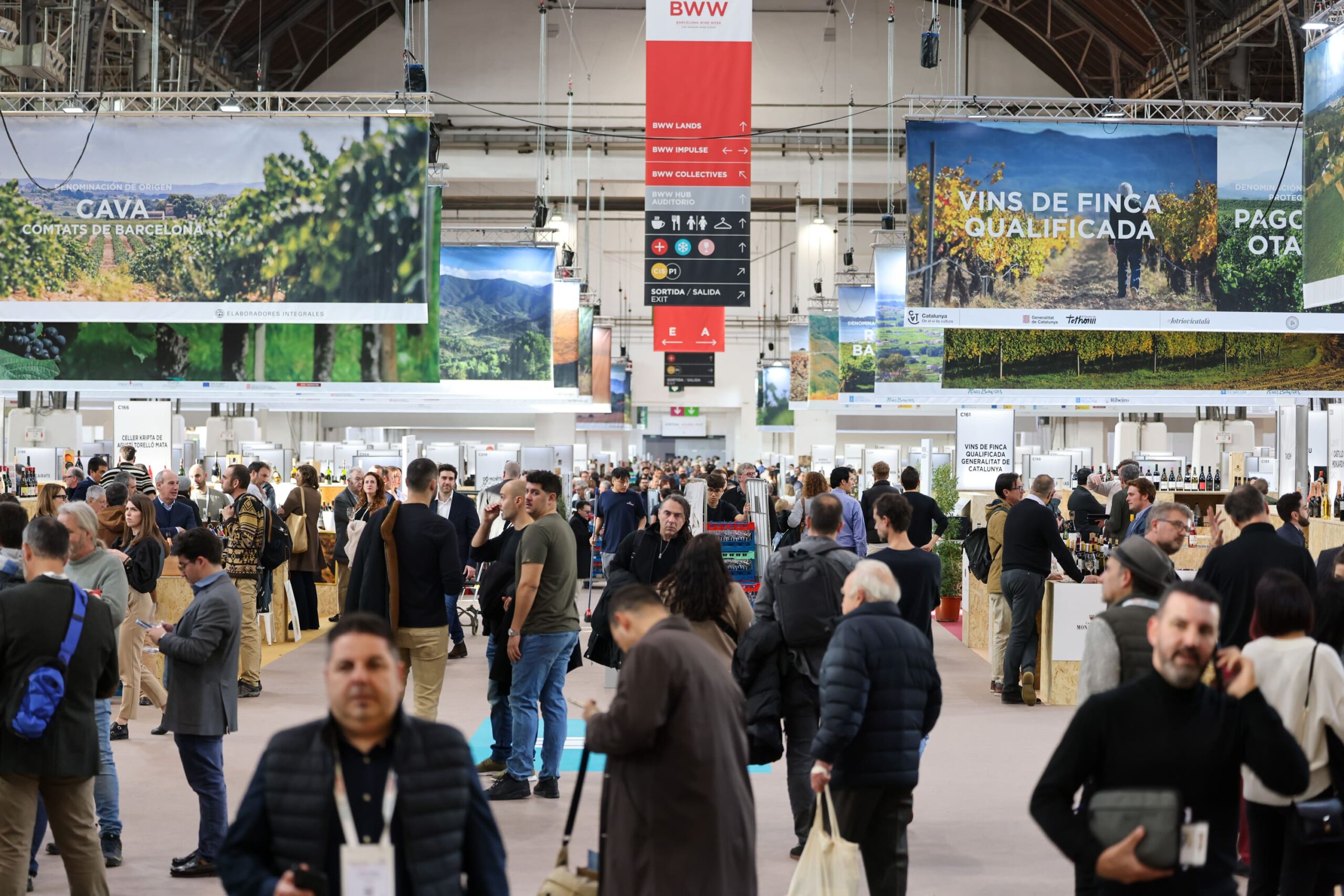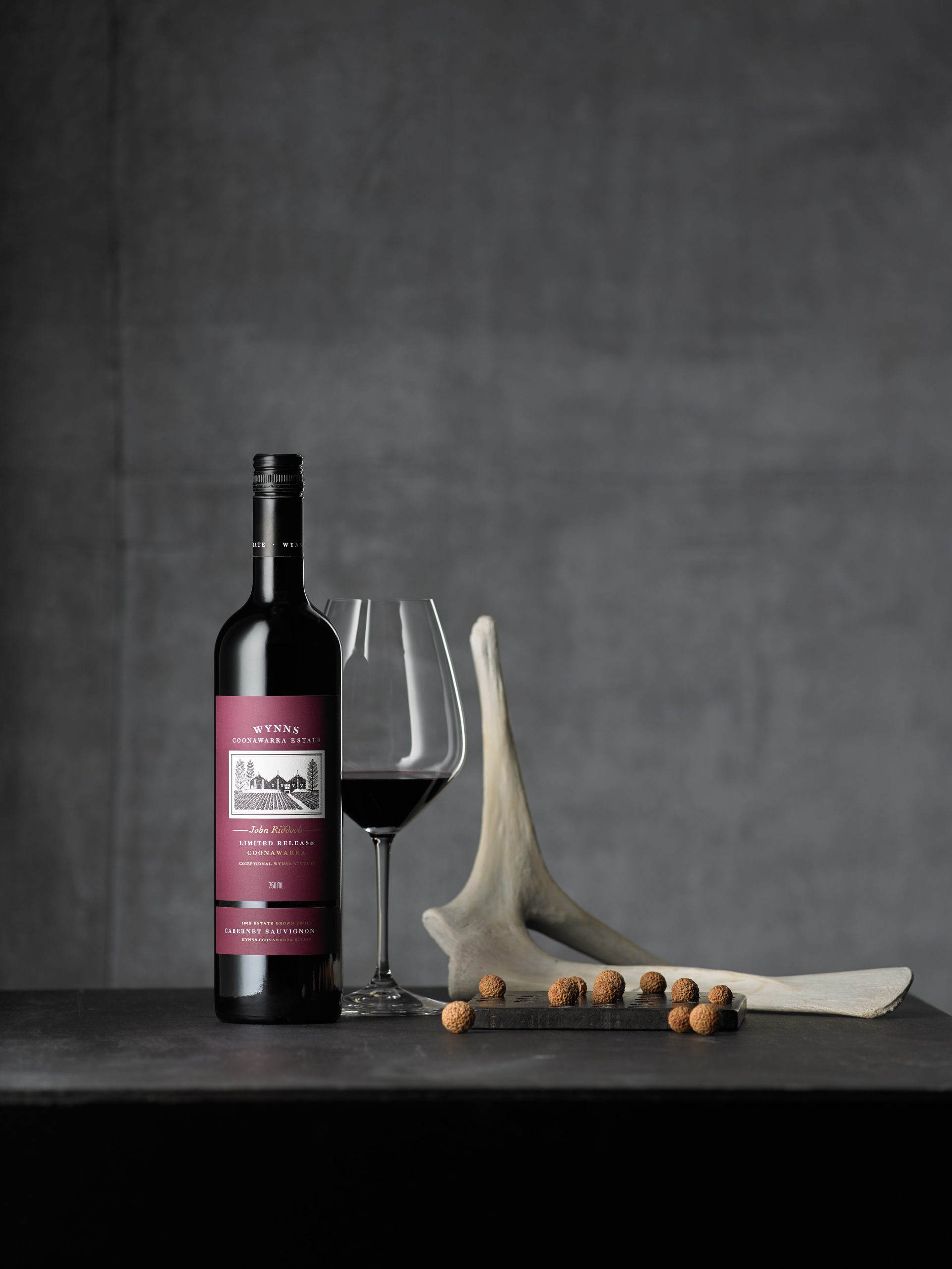The Flying Column: Thailand
Thailand’s wine industry established itself in the early 1980s and has been an underdog fighting criticism ever since but it is turning a corner and is highly unique in international viticulture.
Introduction:
For over three decades, Thai wine producers have had to overcome the shortcomings of unsuitable viticultural conditions, insufficient winemaking talent, poor initial quality of wines, and a lack of local wine culture.
Fast-forward to 2016, and you now have a well-embraced local industry that is growing with young talented winemakers. Even more promising is the clearly intrigued and growing local audience.
Thailand is starting to not only produce wines of quality, but also distinctive styles alongside a developing hybrid ‘eco-wine-tourism’ industry. To further advance the country’s viticulture efforts, the Thai Wine Association has now been formed.
Founded by Visooth Lohitnavy, the head honcho behind Thailand’s GranMonte Wines, the association’s mission is simple: to improve and integrate wine culture into the local community as well as driving tourism traffic to alternative destinations outside of the more typical Thai holiday locations.
Winemaking challenges:
The challenges that tropical wine producers are facing when it comes to grape growing and wine production has recently received more coverage in the press. Traditionally however, it is a skill rarely touched upon in textbooks, or in courses at any of the traditional wine universities.
It is no wonder then that new latitude wine regions, such as Thailand, have had to benefit from making their own mistakes as well as confronting them with truly innovative solutions. The proof of such ingenuity is seen as Thailand is now producing wines that are commercially more acceptable and on an international level, achieving awards and medals.
Thai Winemaking still faces challenges from lack of resources and infrastructure available. The small total number of producers means that accessibility to yeast manufacturers, vineyard chemicals and even basic cooperages can be difficult. Much of the success here comes from smart logistical planning leading into harvests, which do come around quickly.
The growing season is much shorter, with the excessive amount of tropical rain but also the fierce direct sunlight hours. Vines therefore go through dormancy twice annually, and producers are able to have two crops. Careful consideration has to be given to:
Partner Content
- High temperature – The cycle speed of the grape vine increases, pushing it through to a harvest in a much shorter time frame, and has a slightly irregular bud-bursting period compared to those of a traditional grape growing world.
- Day length, or daylight hours. – The average across most places along the equator is twelve hours of daylight. This significant amount of daylight again speeds up the bud-burst, the flowering period through to harvest, significantly reducing the number of fruit growing days, which doesn’t allow for a lot of flavor accumulation nor does it allow for a balanced maturity of sugars and acids.
- Tropical Winds – Responsible for knocking about the buds, and also flowering or fruit set, this can be detrimental as extreme tropical winds can cause damage to the canopy.
- Speed – Canopy management, training, trellising, and pruning the vines all function at a fast processing rate where the vignerons are required to repeat the entire process twice a year. A shorter window exists, as after pruning there isn’t much lag time between dormancy and bud-break.
- Humidity – A key issue in tropical conditions is obviously the impact of humidity post rainfall, which leads to fungal diseases from nodules, leaf spots, rots, possible bacterial growth and various other diseases. Hence, when selecting a vineyard in these areas, it is key to find a place that is aerated, possibly in an amphitheater topography, where it can be protected from strong winds, and preferably dry with relatively cool nights.
In terms of varieties planted I’ve seen good expressions of Chenin Blanc. Shiraz is proving to be doing well in certain regions, particularly in the Asoke Valley. Exploration of other traditional varietals like Colombard is promising along the coastline near the popular tourist town of Hua Hin. Italian & Spanish varietals, such as Sangiovese and Tempranillo, are slowly on the rise recently, particularly in coastal regions as well as the northern highlands.
Key wine regions in Thailand:
There are three key regions to understand: the Phurua Highlands, Khao Yai, and Hua Hin.
Six and a half hours north of Bangkok, the Phurua highlands sit 600 metres above sea level. The area is susceptible to a large diurnal range between 12 to 25 degrees Celsius.
Khao Yai National Park is just two and a half hours North East of Bangkok and on the outer edge of the park some of the country’s most successful wines are being produced. The terroir is composed of mostly clay loam soil, making it more suited to producing red varietals, such as Shiraz, and full-bodied whites like Verdelho and Viognier. Sitting at roughly 500 metres above sea level with a marginally narrower diurnal range between 15 to 25 degrees Celsius.
Hua Hin is a coastal region two hours south of the Capital. The soil here is far sandier, resulting in red wines that have fewer tannins, more subtlety and elegance. There are also promising signs for the possible establishment of a white wine region focusing on Colombard and possibly an increase in Verdelho. Although close to the sea, it experiences high humidity levels and warmer temperatures that can exceed up to 30 degrees.
Conclusion:
The future of Thailand’s wine industry is very promising. Now that practices of viticultural management are becoming more standardized in all the regions, more experimentation is being seen when it comes to varietal plantings. Rather than planting what is globally popular, winemakers are now more conscious of planting varietals that are best suited to its respective regional characteristics and terroir. Winemakers are also becoming more scientific about site selection and varietal cloning, which hints at the possibility of implementing some clever blending and a move away from the currently prominent single varietal wines.
Thailand does face the unavoidable challenge of a taxation system that is applicable to importation and the exportation of locally produced wines. This creates an access barrier for both local and international consumers who are keen on trying Thai wines. My hope is that one day Thailand’s wine industry will evolve to the point where production and trading will be more accessible to the next generation of wine drinkers as well as to the travellers into the country.




